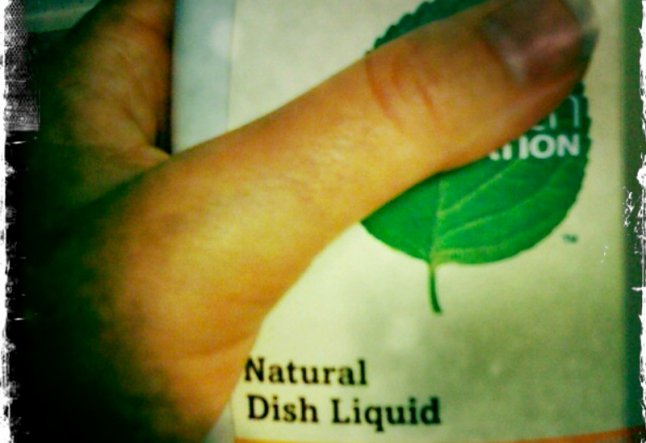our environment, our selves

creating a life-supporting planet
For thousands of years, Vedic Masters have taught that, as human beings, we are seamlessly connected to everything that surrounds us. Although our discriminating minds promote a sense of separation, our environments, including all the oceans, rivers, forests and animals of this world, are in fact an extension of ourselves. Each moment, we are transforming the energy and information of food, water and air into the building blocks of our body while simultaneously exchanging the energy and information of our body with the body of the universe itself.
The intimate relationship we share with our environment plays a crucial role in our health and in our healing. If, as a global society, we collectively recognize the relationship we share with our environment and its impact on our vitality and health, our tolerance for chemical waste and toxins would dramatically change. We are only just beginning to acknowledge the consequences of treating our environment as if it were separate from ourselves. Recent studies show that we continue to generate more than six billion tons of toxic waste each year, and of the approximately five million chemicals being used in agriculture, manufacturing and medicine, only about one percent has been tested for toxicity.
Our ability to co-create a healthful, life-supporting environment begins with our ability and willingness to become mindful of our personal choices. It is possible that our homes and our most immediate environments are full of products that are either not good for us or are not produced with socially conscious principles in mind. We may be exposing ourselves to harmful chemicals through the soaps we wash with, the shampoos or conditioners we use, our toothpaste, mouthwash, coffee or breakfast cereal.
One immediate step we can take in the direction of co-creating a more healthful environment is to decide today that we will pay attention to the number of synthetic substances we encounter. Each time we throw away a plastic cup after a single drink, use a chemical insect repellent, or refuse to buy a tomato that has even the smallest blemish on it, we are in fact contributing to toxicity in the environment. Given the magnitude of the problem, the personal actions we take to protect the planet may seem inadequate, yet every positive action creates a ripple, and that ripple then flows out into the world and does in fact make a difference!
Here are a few suggestions we can all embrace to get started:
Ӣ Be diligent about recycling.
Ӣ Favor products with minimal packaging.
”¢ Develop the habit of carrying reusable containers and shopping bags rather than relying on disposables. The best answer to “paper or plastic?” is “neither!”
Ӣ Be responsible about your waste disposal. Find a recycling center that accepts toxic waste and will recycle or properly dispose of it.
Ӣ Limit your use of synthetic pesticides, herbicides and fertilizers on your lawn and garden.
Ӣ Use nontoxic household cleaning products.
Ӣ Whenever possible, walk, take public transportation, ride a bicycle or rollerblade to get to where you need to go, rather using your fossil-fuel-consuming vehicle.
Ӣ Make the decision that your next car will be a hybrid or one that is designed with excellent fuel-efficiency in mind.
”¢ When it comes to food, consume products cultivated with organic principles in mind. (And don’t forget to bring those reusable bags to the grocery store!)
Ӣ During election time, consider the environmental views of all political candidates. Think about the long-term when you weigh economic and environmental issues.
We can choose to make a difference, no matter how small it may seem. When a critical mass of people become conscious of how daily choices contribute to the collective experience, healing and transformation will begin to take hold and it will resonate throughout the entire world.
I might also like to read about the benefits of plants in your yoga environment